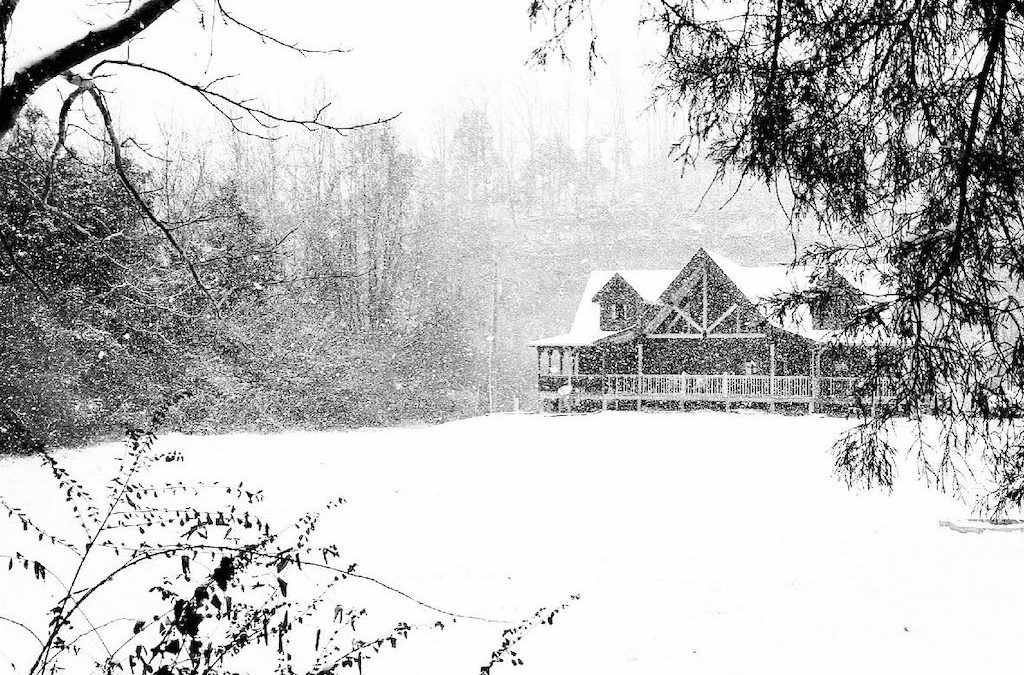Extreme inclement weather is happening with more frequency and much more devastating effects. And it is happening at a time when lots of people are now working remotely, making the home and office one and the same place. Some of the training that has traditionally happened for workplaces now needs to be discussed for a remote workforce.
Most homeowners are not ready if a disaster strikes your community – or worse, your home. While business owners have disaster plans in place to recover databases, documents, inventory and continue to function in a post disaster environment, homeowners usually are not. Disaster plans for homeowners should anticipate that you will be completely on your own for 72 hours following a disaster. Help will take about 3 days to mobilize and reach your family. You may find yourself without water, power, shelter, bathrooms, or the ability to make local calls.
While some of the supplies that will be suggested here are true for any home, there are steps for securing your home business as well.
The first step is always to develop a written plan for where your safe place is in the house with a check list of the items that you are storing so that you can easily use those supplies and replace them with fresh items at least quarterly.
Your safe space should be away from windows, at the lowest part of the home. There are some staples that you need to keep supplied (rotating the supplies by season of the year and every 3 months so that they are not out of date if and when you need them.) Store items in tall garbage cans with snap-on lids and keep individual items stored in zip lock bags so that things stay dry if there is flooding.
Here is a partial basic list:
- Battery-operated radio
- Cell phone power sources
- Sturdy shoes for everyone who may shelter there (make sure shoes will fit children as they grow and change shoe sizes)
- Work gloves for each person
- Change of clothing for each person (season appropriate and to fit growing children)
- Socks
- Underwear
- Jackets or coats depending on the season – hats, gloves, scarves
- 5-day supply of your medications
- If you wear contacts or glasses, you will also want to keep a recent pair of glasses and/or at least one replacement set of contact lenses.
- 3 gallons of water per person and pet
- Food to last for 72 hours for each person and pet + whatever prep tools you may need
- Baby supplies ( if appropriate) – diapers, food, formulae, clothing, wipes, blankets, bedding
- Plates, utensils, napkins, cups
- First aid kit
- Flashlights for each person (and batteries stored OUTSIDE the flashlight)
- Sheets, pillows and blankets for each person
- Matches
- Personal hygiene items for every person who may shelter with you – toothbrushes, toothpaste, combs, brushes, deodorant, feminine hygiene supplies as appropriate
- Toilet Paper (a camp latrine is recommended)
- Copies of Driver’s Licenses, Passports, School IDs, Homeowners Insurance Policies, Health Insurance Cards, Wills, Bank Account information
- Entertainment – books, puzzles, pens and paper
- Adjustable wrench to turn off gas and water
- Tool kit with hammer, knife, screwdrivers, pliers
- Duct tape and tarp to seal windows as needed
It is important to understand that your family may not all be home when disaster strikes. Your emergency plan needs to include a designated person to call who is at least 200 miles away from your home. Local calls may not work, but a remote person who can help you connect with family members and to check in with through the coming days is important.
For your home office it is important to think through how and where you store important files, whether you are cloud and/or external hard drive backed up. An external hard drive should be stored in a fire and waterproofed container and can be kept with your disaster kit. Home businesses with inventory should consider how and where inventory is being stored. How high off the ground, proximity to water pipes, plastic wrapped for water, proximity to being evacuated should the building be compromised. Where are the insurance papers for your GL, Commercial Property and inventory replacement. What amount of time will you have to wait for supply chain deliveries of new inventory? Do you have inventory stored remotely? If so, what are the inclement weather issues that might impact your storage facility?
Article by Amy Green, LG-IT, American Red Cross, First Aid Kit Guide – MFASCO




